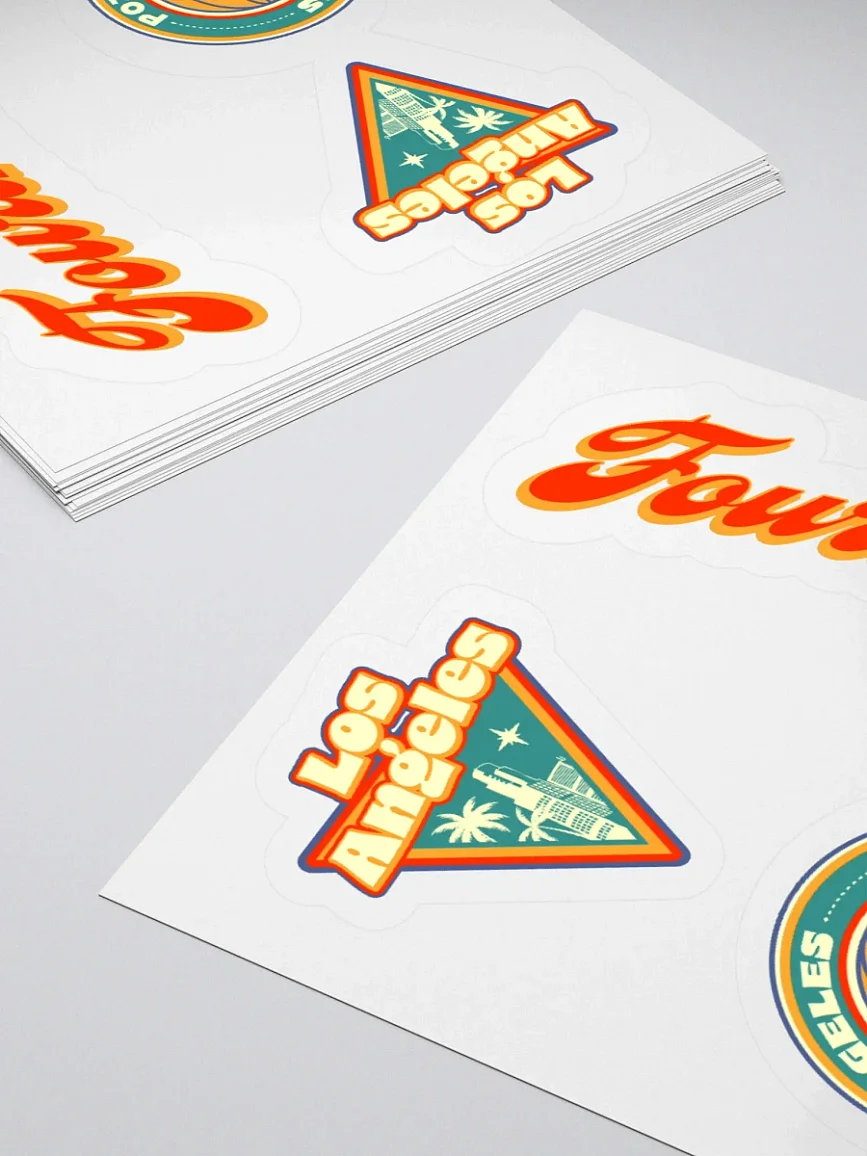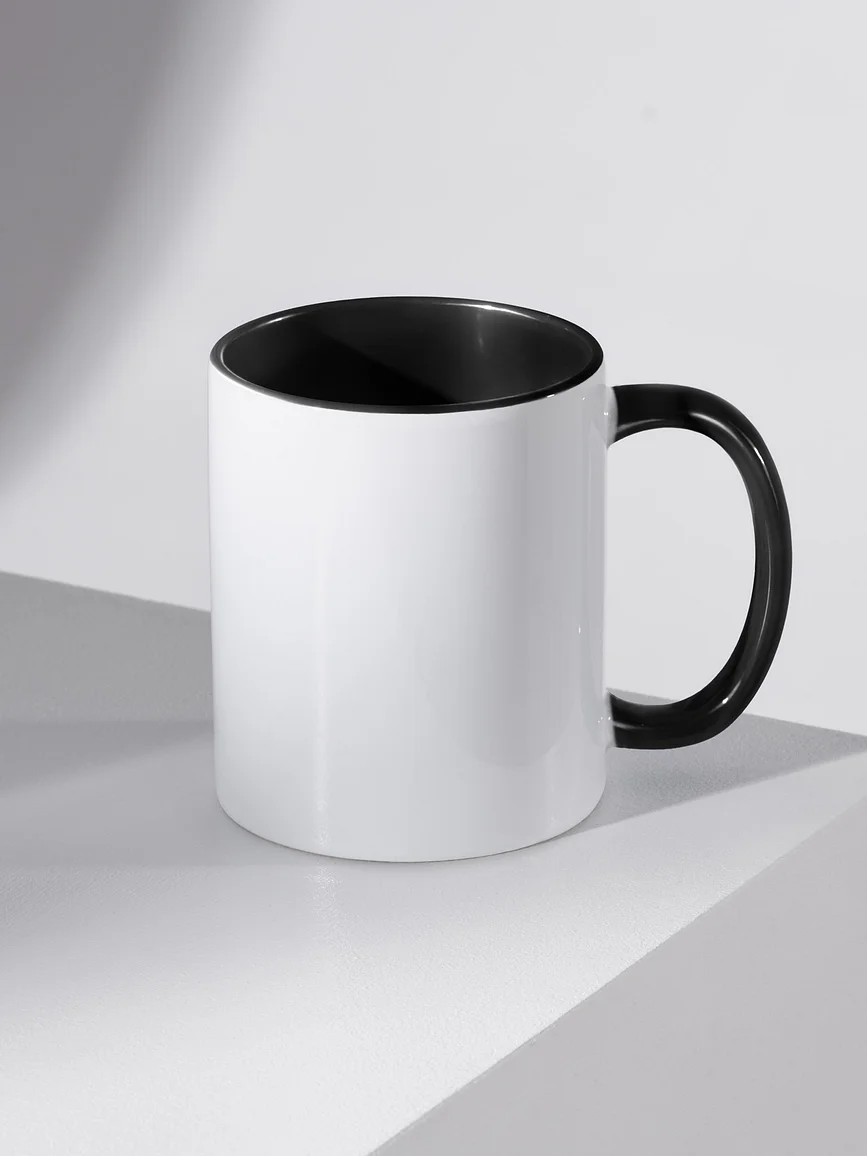Everything You Need to Know About Screen Printing
.webp)
Screen printing is a longstanding process that's quite literally stood the test of time. While it's taken for granted today at most T-shirt outlets, the screen printing process actually first appeared in China around the time of the Song Dynasty (960-1279 AD.) It was introduced to Western Europe in the late 18th century, and gained even more popularity from the 1930s-1960s, when artists like Max Arthur Cohn and Andy Warhol started using it as an artistic technique.
It also goes by a variety of names, including screen printing, serigraphy, or silk screen printing (the earliest screens were made of silk; today they're generally made of nylon or terylene.) There are several different methods of screen printing, too, but the technique is basically the same for each.
By the late '60s, the “new” fad of screen printed T-shirts became a thing, and today, screen printing is used to create even more trendy T-shirts, graphic posters, and lots of other items, including flip flops, clock faces, balloons - and your merch! Let's learn about how screen printing works and the benefits of using it, so you can decide if screen printing is the right choice for your products.
What is Screen Printing?
Screen printing is a versatile printing technique used to transfer ink onto surfaces such as fabric, paper, metal, and plastic. It stands out for its ability to produce high-quality, vibrant designs, making it a popular choice for creating custom apparel and more. The screen printing method involves using a mesh screen, a design stencil, and ink to transfer the desired image onto the chosen material.
Screen Printing: Step by Step
1. Design Creation
The start of a screen print always begins by creating the desired design, usually in a digital format, like a logo, artwork, or any visual representation you want to transfer onto your chosen surface. It could be just text, a photograph, a custom-made design, or any combination.
2. Screen Prep
A fine mesh screen (specifically chosen to suit both your design and the texture of the fabric/material that the design will be screen printed on) is stretched over a frame as the "canvas" for the design. This screen serves as the medium on which a stencil will be created, through which the ink will then pass to transfer your design to the product, hence the term "screen printing."
3. Emulsion Process
A photosensitive emulsion is applied to the screen, which is then exposed to extremely bright light with the film design placed on top. The emulsion hardens in areas not covered by the design, with the parts of the screen covered by your design staying liquid.
4. Stencil Creation
When the liquid part of the emulsion is washed away, it leaves an imprint or stencil on the screen of your design. The hardened emulsion prevents ink from passing through in specific areas in order to create the desired pattern. At this point, the screen is allowed to dry, and any needed touch-ups are done to keep the stencil as accurate to your design as possible.
5. Merch Prep
Next, the item to be screen printed is positioned flat on the screen printer bed, and double-checked to ensure that it's secure, in the correct placement for the stencil, and ready for the ink. This could be a T-shirt, poster, or any other surface compatible with screen printing. A manual or automatic style printing press could be used, or even a carousel printer, which allows multiple screens to be printed at the same time.
6. Ink Pressing
A handheld or mechanical squeegee then presses the ink through the stencil, pushing the ink down the entire length of your design. The ink passes through the open areas of the stencil, creating the screen printed image and transferring the design onto the product surface. For multicolored products, multiple CMYK screens are used, with the printer then using their skills to align the images on the stencil screens in a way that completes all the colors needed to create the finished screen printed design.
FUN FACT: CMYK stands for "cyan, magenta, yellow, black" - the standard separate colors used for screen printing. CMYK is used because these are the primary colors on the pigment color wheel, and can be mixed/blended to create any other color your screen printed design might require.

7. Inspection
After all the necessary passes of ink have been completed, the screen printed item is inspected for quality and any possible errors.
8. Heat Curing
The screen printed item is then passed through a special dryer to cure the ink and create a colorfast completed product, and voila, your screen print is done!
Types of Screen Printing
Several additional techniques of screen printing are available for different printing needs:
Halftone
Halftone screen printing creates shading and gradients by varying the size and spacing of tiny dots representing the grayscale value of a color. Halftone screen prints are actually kind of an optical illusion, counting on the fact that the human eye visualizes a field of tiny printed halftone dots as one continuous swatch of color. This screen printing method is commonly used to reproduce photographs or designs with lots of detail. It also works well for details like shading and drop shadows, or for dramatic effect to make a pixel-like pattern.

Duotone
Duotone screen printing, also known as Duplex screen printing, involves combining two colors to produce a dynamic, two-tone effect, such as blue over black, or green over purple. By strategically overlapping or blending the two ink colors, depth and complexity are added to the screen printed image, bringing out the middle tones and highlights for a sharp and distinctive look. Some examples of this would be the "Old West" costume photos sold at many tourist spots, or the screen printed Duotone posters often used to advertise comic book-style movies.

Plastisol
Plastisol ink is basically liquid plastic - it's made from PVC and is thicker than water-based screen printing inks. This type of ink is popular in screen printing for its ability to produce vivid colors and maintain flexibility on fabric surfaces. It's valued for its opaqueness, too - Plastisol ink has the ability to completely cover up the color of the fabric underneath, so it can even be used on dark fabrics and retain color vibrancy. Also, if you're looking for a specialty ink, like metallics, puff ink, or glow-in-the-dark ink, it's probably a Plastisol ink.
(Do keep in mind that since Plastisol is a thermoplastic, Plastisol screen prints cannot be ironed; they can also be somewhat uncomfortable in hot weather, as they're not very breathable.)

Why is Screen Printing Popular?
Versatility
Screen printing is incredibly versatile, adapting to various materials such as textiles, paper, metal, and more. This adaptability makes it a go-to method for a wide range of applications.
Durability
One of the standout advantages of screen printing is its ability to produce durable prints resistant to wear and tear, as the ink bonds securely with the material.
Vibrant Color Options
Screen printing allows for the use of vivid, eye-catching colors in designs, and the use of unusual special effect inks. The ink's opacity ensures that the chosen colors remain vibrant and true to the original design.
Cost-Effectiveness
Screen printing is definitely a cost-effective choice; once the screens are completed, the process becomes efficient and economical, making it suitable for large quantities.
Environmentally Friendly Options
For those concerned about environmental impact, certain varieties of screen printing do offer eco-friendly ink options, like water-based inks. And screen printing stencils are generally cleaned and reused to print multiple shirts of the same pattern.
High-Quality Designs
The careful process of screen printing means that it excels in delivering high-quality reproduction of transferring intricate stencil designs to your chosen surface. The precision of screen printing allows creators to dream up all kinds of visually appealing and professionally crafted apparel and other merch items.
FAQ
Will screen printing ink wash out?
No, screen printing inks are designed for durability. Once cured, the ink forms a bond with the fabric or material, ensuring that it can withstand regular use and washing for quite some time without fading or deteriorating. It's crucial, however, to follow the care instructions provided to maintain the longevity of screen printed items.
What’s the difference between screen printing and digital printing?
The primary distinction lies in the printing process. Screen printing involves pushing ink through a stencil onto the material, making it suitable for a wide range of surfaces and different types of fabrics; the screen can be reused to print multiple shirts. Digital printing (or DTG - Direct to Garment printing) prints a digital image directly onto the material via a specialty inkjet printer; the DTG process is very fast, can also be easily replicated, and is best on cotton fabric.
What's the difference between heat transfer printing and screen printing?
While both methods involve transferring designs onto surfaces, the key difference lies in the process. Heat transfer printing uses heat to print a design from special transfer paper onto fabric; it can be a good option for small runs, but can be more prone to cracking and fading over time. Screen printing pushes ink through a custom stencil screen onto the material, bonding the ink securely with the fabric.
Create Your Own Screen Printed Merch on Fourthwall!
Understanding the intricacies of screen printing is so valuable for creators aiming to provide unique and high-quality products for their fans and followers. Being able to determine which printing processes are best for your particular merch products can elevate your shop to new levels!
Fourthwall, the ecommerce platform for creators, is the perfect place to host that shop. Fourthwall's user-friendly interface empowers you to integrate screen printed products effortlessly into your own customized shop.
But there's even more than just your store in store; Fourthwall is actually a comprehensive tool for reaching a broader audience, enhancing brand visibility, and fostering business growth, as you can add and customize everything from your own webpage and mobile app to memberships, video thank-you messages to your supporters, and all the screen printed merch you can create.
















